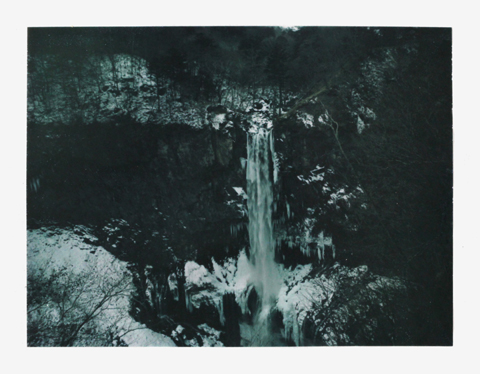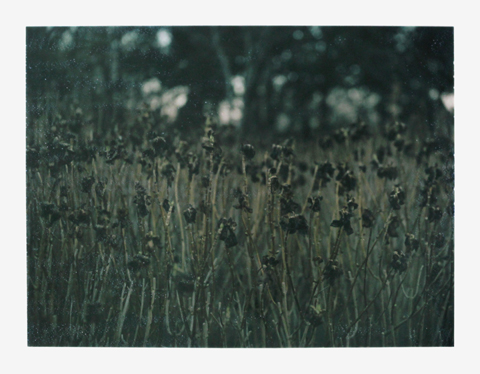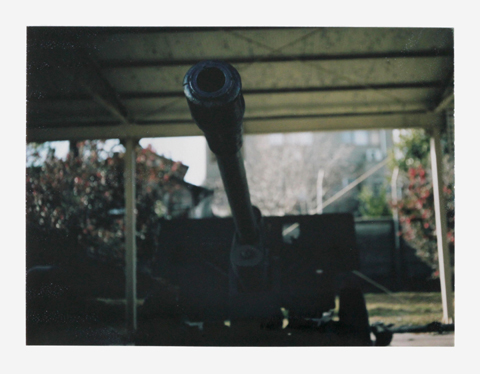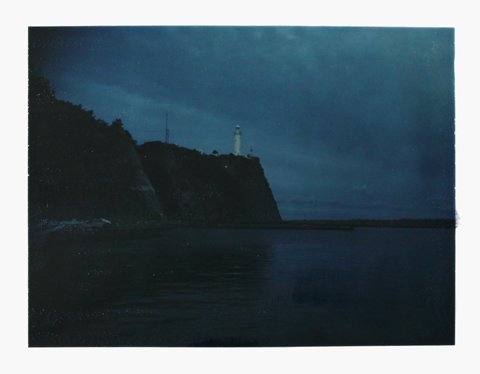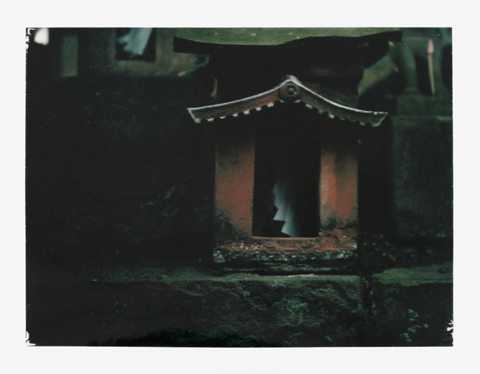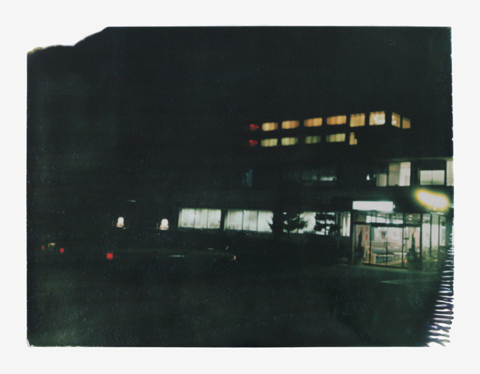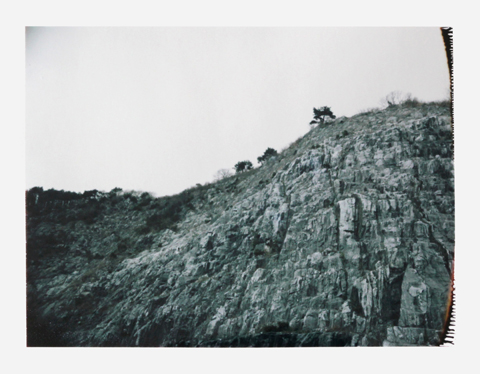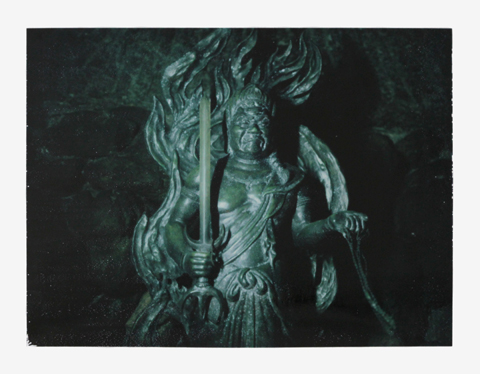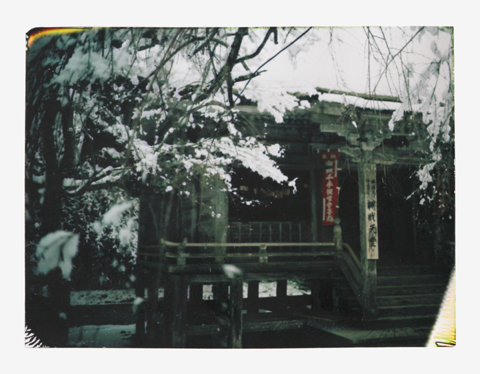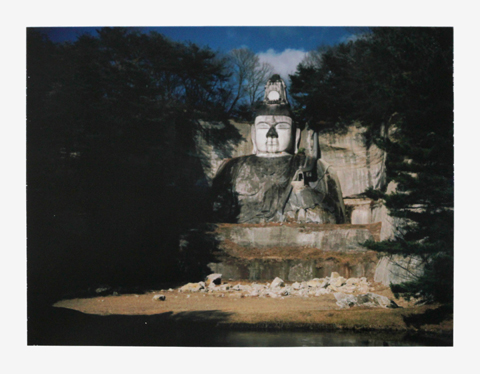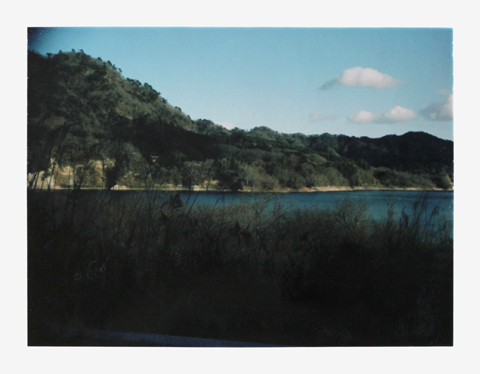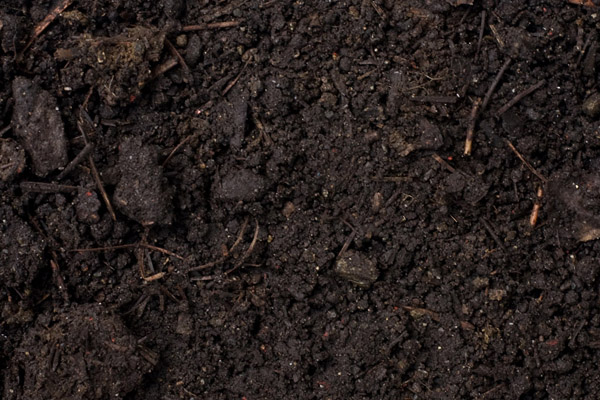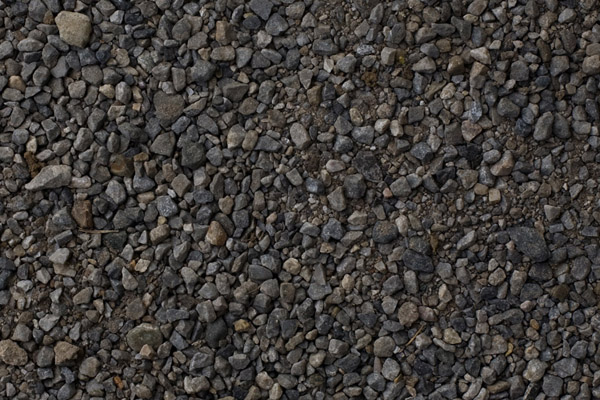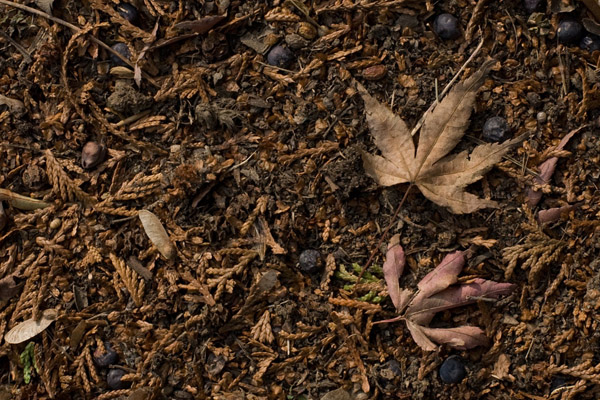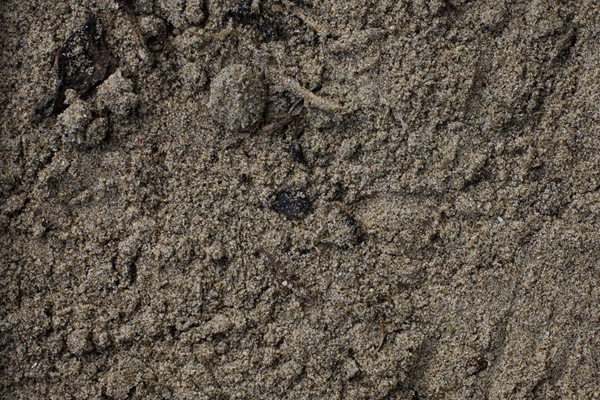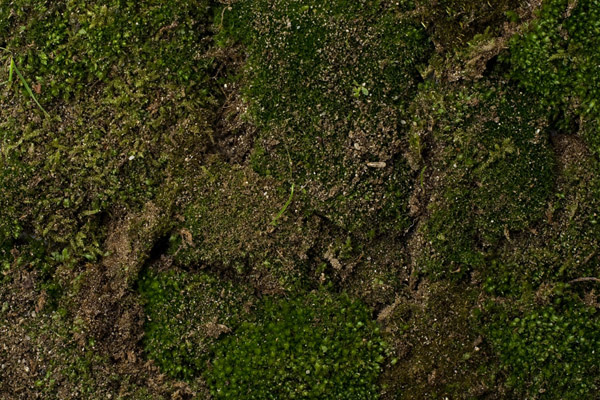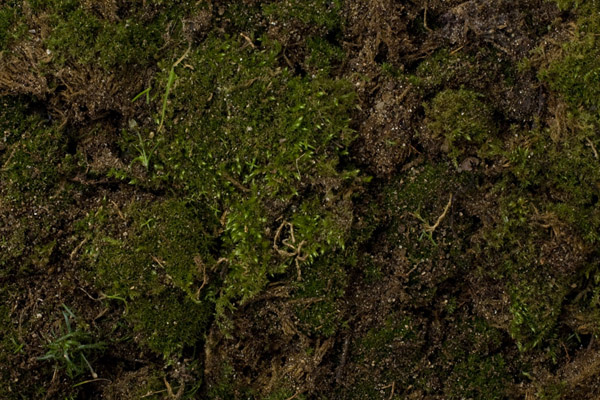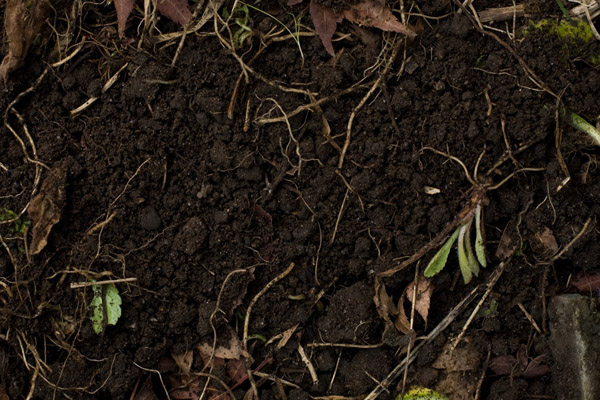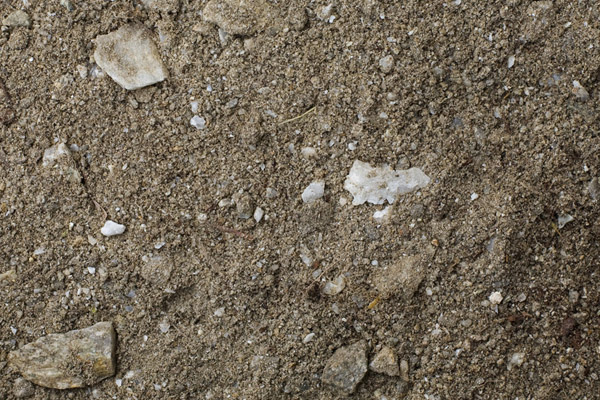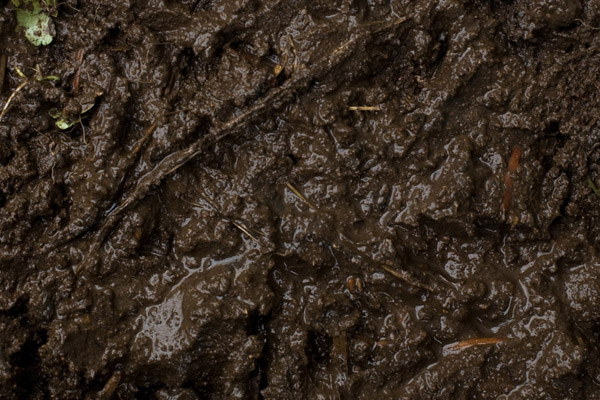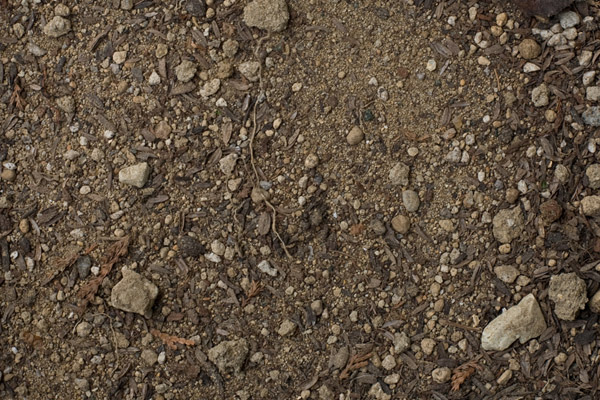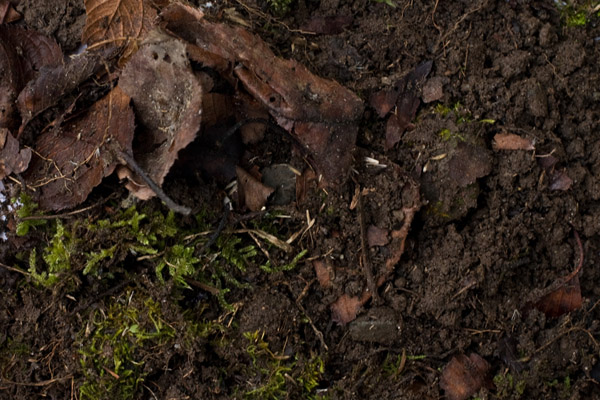Fortunately, my family, close friends, and their families, were not directly injured by the devastating earthquake and tsunami, which hit Japan last March. While the world and media watched the country as it was devastated by the disaster, many of my friends kindly called or e-mailed me to check if my family and friends were affected. As it’s been almost a half-year since, the media has been busy covering the economic fallout; while the physical radiation fallout, and potential for more disaster continues. I recently saw a photo of the aftermath, taken by a good friend of mine from Sendai. Some damaged neighborhoods haven’t recovered at all. Massive debris barely cleaned up, and the radiation emitting still.
In times like this, I feel I’m alive because my ancestors survived though numerous disasters, wars, and starvation. From this perspective, when I look at a map and at historical sites, it’s hard not to imagine the historical blood marking the ground. Tombs, graveyards, a temple, or a battlefield are direct marks, but also some war related ruins, and some other hidden memory of a tragedy can often be found everywhere in Japan.
I am not expecting that a radioactive trace taken at these historical sights will serve as a memorial service. More, it would be a meaningful pilgrimage to visit these sights and conduct the trace upon each visit. (August, 2011)
Soil Collecting Locations
In January 2012, I collected 16 soil samples in 12 locations. I selected distinctly different locations in 5 different prefectures, all which contain a strong memory of life and death, such as temples, shrines, war sites, ruins of castles and my birthplace.
Radiation was measured with Radalert 100, a handheld Geiger counter, at approximately 4ft from the ground for air measurement, and directly on the ground for ground-level measurement.
- Kegon Falls (Nikko, Tochigi) Air: 0.249μSv/h / Ground: 0.446μSv/h
- Former Kashiwa Military Airbase (Kashiwa, Chiba) Air: 0.519μSv/h | Ground: 0.623μSv/h
- Former Kasumigaura Naval Air Base (Ami, Ibaraki) Air: 0.415μSv/h | Ground: 1.007μSv/h
- Shioyasaki Lighthouse (Iwaki, Fukushima) Air: 0.228μSv/h | Ground: 1.152μSv/h
- Nihonmatsu Castle (Nihonmatsu, Fukushima) Air: 1.910μSv/h | Ground: 4.299μSv/h
- Asaka Kuni-tsuko Shrine (Koriyama, Fukushima) Air: 1.152μSv/h | Ground: 3.780μSv/h
- Iwase General Hospital (Sukagawa, Fukushima) Air: 0.363μSv/h | Ground: 0.560μSv/h
- Kamayama Limestone Quarry (Tamura, Fukushima) Air: 0.280μSv/h | Ground: 0.415μSv/h
- Nakano Fudoson, buddhist temple (Fukushima, Fukushima) Air: 0.67μSv/h | Ground: 1.030μSv/h
- Chūson-ji, buddhist temple (Hiraizumi, Iwate) Air: 0.321μSv/h | Ground: 0.45μSv/h
- Hyaku-Shaku Kannon (Soma, Fukushima) Air: 0.633μSv/h | Ground: 2.637μSv/h
- Lake Hayama/ Mano Dam (Iitate, Fukushima) Air: 1.848μSv/h | Ground: 6.438μSv/h
*Natural Background Radiation before Fukushima Daiichi nuclear disaster: here. When human bodies receive Beta and Gamma rays, radiation measurement in Gy and Sv is about the same, 1Gy = 1Sv
